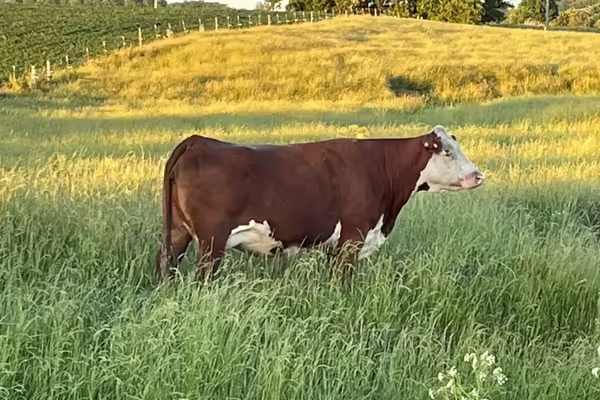
ELIZABETH, Ill.-Wildlife studies have noted significant declines in midwestern grassland songbirds over the last few decades. The research found the decline correlated with reductions in grazing and hay fields in the region. Research has found that many midwestern grassland birds need grass of varying heights and densities during their lifecycle. These birds depend on short grass and openings for foraging, nesting, and/or chick development. As land transitioned to row crops over recent decades, the birds lost these habitats created by grazing and forage harvesting.
Over the last three years, a University of Illinois graduate student has collected information about the barriers and motivations to reverse the trend. Specifically, John Strauser was looking at how to address the economic, social, and community motivations needed to return marginal lands to forage production. His project focused on collecting data from landowners, farmers, and residents in Jo Daviess County, IL, and Grant County, WI. The project was partially funded by U.S. Fish and Wildlife Service with a focus on identifying collaborative opportunities with agriculture and wildlife interest. The capstone report “Understanding Limitations to Grass-based Agriculture in the Driftless Region of Illinois and Wisconsin” was released last week.
The study found most farmers, landowners, and residents recognized the connection between declining local bird populations and declining forage production in the area. The respondents also provided insight into barriers to returning to more livestock grazing and forage production. Some of these included: economic pressures, safety concerns of the aging farm population working around livestock, and pressures related to community and social norms.
The respondents also identified opportunities related to a community focusing on increasing grazing and forage production. A focus on grassland production could open opportunities for young and beginning farms through lower initial investment. Offer diversification of income streams, allowing the next generation to join an operation with lower investment including minimal additional land. These changes would help bring more stability and resources to rural communities.
The complete report can be found on the “Energy and Environment” page of the Jo Daviess, Stephenson, and Winnebago U of I Extension webpage go.illinois.edu/jsw-environment or directly at https://go.illinois.edu/grass-basedag.
Building on the research, U of I Extension is partnering with WI Extension and the Grassland 2.0 project to offer a community workshop “Working toward Regenerative Agriculture” on December 9. The workshop will be held at the Elizabeth Community Building starting at 10 a.m. The focus will be on farmer and community opportunities to support grazing, forage production, and native grassland bird habitats.
The program will be broken into three main presentations/ discussions:
- Options and goal setting
- Evaluating the options and economics.
- Connecting to the local supply chains
The workshop is not just for those interested in getting into the forage production business, but also those interested in supporting the transition and increasing grassland songbirds locally through improved habitats. For more information and to register, please go to our web page at go.illinois.edu/jsw.
ABOUT EXTENSION: Illinois Extension leads public outreach for University of Illinois by translating research into action plans that allow Illinois families, businesses, and community leaders to solve problems, make informed decisions, and adapt to changes and opportunities.